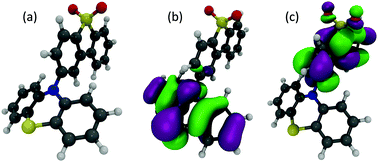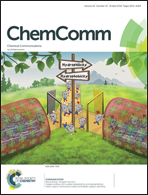The theory of thermally activated delayed fluorescence for organic light emitting diodes
Abstract
The interest in organic molecules exhibiting thermally activated delayed fluorescence (TADF) has been reinvigorated in recent years owing to their potential to be exploited as emitters in highly efficient purely organic light emitting diodes (OLEDs). However, designing new molecules that exhibit efficient TADF is a non-trivial task because they would appear to require the optimisation of a number of contrasting properties. For example these molecules must exhibit rapid conversion between the singlet and triplet manifolds without the use of heavy elements to enhance spin–orbit coupling. They should also display a large fluorescence rate, but simultaneously a small energy gap between low lying singlet and triplet states. Consequently to achieve systematic material design, a detailed understanding of the fundamental factors influencing the photophysical behaviour of TADF emitters is essential. Towards achieving this goal, theory and computation is playing a crucial role. In this feature article the recent progress in the theory of organic TADF molecules in the context of OLEDs is presented, with a view of achieving a deeper understanding of these molecules and driving systematic material design.



 Please wait while we load your content...
Please wait while we load your content...